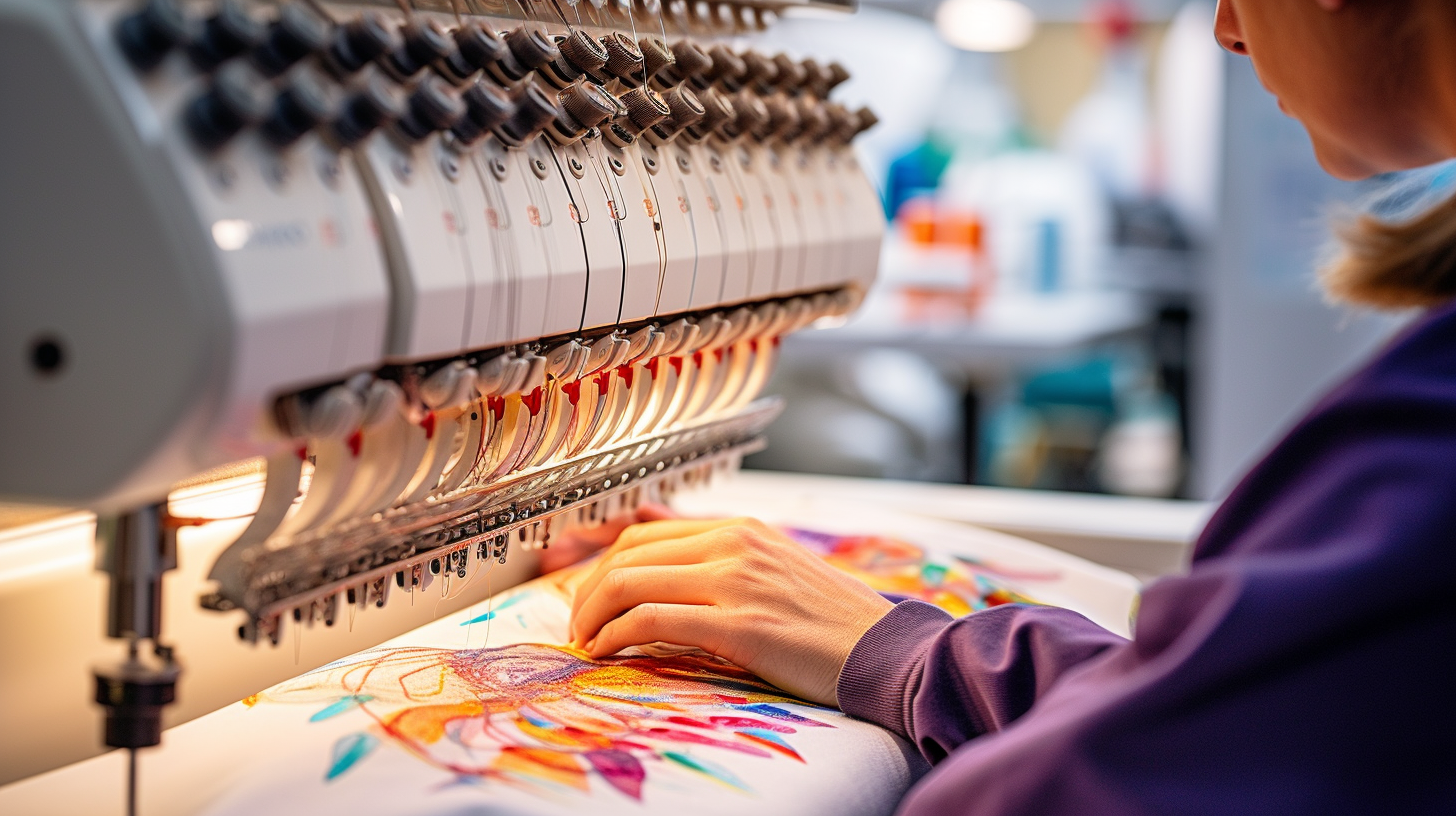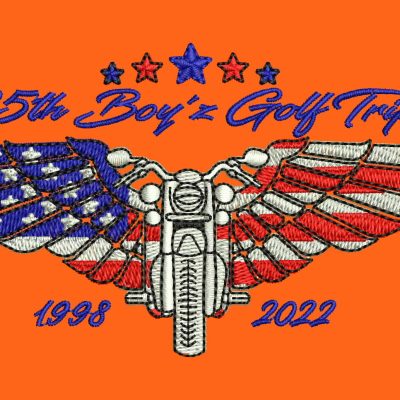Budget Friendly Digitizing for Embroidery: Precision and Information
Wiki Article
Discover Various Kinds Of Needlework Digitizing Methods
Embroidery digitizing has actually evolved significantly over the years, offering a myriad of techniques to bring designs to life in the electronic world. From the elaborate artistry of conventional hand needlework digitizing to the precision of the punching strategy, and the convenience of auto-digitizing software programs, the choices are huge. Moreover, the world includes much more innovative strategies like photorealistic embroidery digitizing and the interesting world of 3D needlework digitizing. Each technique brings a distinct set of opportunities and difficulties to the table, making the expedition of these techniques a compelling journey for those in the embroidery world.Standard Hand Needlework Digitizing
Standard hand needlework digitizing involves the process of converting elaborate hand-stitched styles into electronic styles for equipment needlework. This method requires experienced craftsmens to diligently examine the handmade layout and after that make use of specialized software to recreate it in an electronic style. Each stitch, color, and information should be meticulously equated to guarantee that the essence of the original hand needlework is protected in the digital version.Among the crucial obstacles of conventional hand needlework digitizing is recording the intricacies and nuances of the handmade style. Digitizing for Embroidery. Craftsmens have to have a deep understanding of various embroidery techniques, such as satin stitch, chain stitch, and French knots, to accurately replicate these methods in the digital world. Furthermore, they need to have an eager eye for detail to guarantee that the electronic style keeps the exact same level of creativity and craftsmanship as the initial hand-stitched piece
Punching Technique
To perfectly change from traditional hand needlework digitizing to the punching strategy, craftsmens need to currently concentrate on converting the detailed electronic styles right into instructions that needlework equipments can interpret. The punching method involves making use of specialized software to develop digital documents that contain commands for the embroidery equipment to follow. This process requires a deep understanding of not just the layout itself yet likewise the abilities and restrictions of the needlework equipment.
Auto-Digitizing Software Programs
Needlework digitizing has been revolutionized by the introduction of auto-digitizing software application, supplying craftsmens with advanced tools to convert digital layouts into needlework machine guidelines efficiently. Auto-digitizing software program programs utilize formulas to analyze electronic images or vector data and create needlework layouts immediately. These programs enable fast and exact conversion of intricate layouts into stitch patterns, saving time and initiative for embroiderers.
Among the key advantages of auto-digitizing software is its easy to use user interface, making it available to both novices and knowledgeable digitizers. These programs commonly consist of attributes such as stitch editing and enhancing devices, string color matching, and the capability to preview the final stitched layout. Furthermore, auto-digitizing software application can manage complex styles with several colors and detailed information, producing premium embroidery data ideal for various apparel and textile projects.
While auto-digitizing software application offers ease and effectiveness, it is crucial for users to comprehend the restrictions of automated digitizing. Fine-tuning and hand-operated changes may still be needed to achieve the desired needlework top quality, particularly when dealing with detailed or special layouts. By leveraging the abilities of auto-digitizing software application along with manual digitizing techniques, craftsmens can improve their embroidery digitizing procedure and produce stunning embroidered pieces.
Photorealistic Embroidery Digitizing
Using sophisticated digital imaging methods, achieving photorealistic cause embroidery digitizing has come to be a popular skill among contemporary craftsmens. This method entails converting high-resolution photos into intricate stitch patterns that closely simulate the original layout, resulting in needlework pieces that show lifelike information and depth.To accomplish photorealistic embroidery digitizing, craftsmens should possess an eager eye for detail and a detailed understanding of exactly here how various stitch types and thickness can influence the final outcome. By meticulously drawing up each shade and color in the image, embroiderers can produce an electronic documents that guides the needlework device to reproduce the nuances of the initial picture accurately.
Photorealistic embroidery digitizing is specifically prominent in producing customized designs for garments, home design, and art pieces where catching the significance of a picture or art work link is critical. This technique enables craftsmens to transform memories, landscapes, portraits, and complex artwork right into stunning embroidered masterpieces that display a mix of typical workmanship and sophisticated modern technology.
3D Needlework Digitizing
With the innovation of digital imaging techniques in achieving photorealistic results in needlework digitizing, the exploration of 'D Needlework Digitizing' offers a new measurement to the details of style duplication. 'D Needlework Digitizing' refers to the three-dimensional digitizing technique that adds deepness and texture to needlework designs, creating a more sensible and visually enticing end product. This method uses software that simulates the impact of light and darkness on the embroidery layout, improving its total aesthetic impact.Among the crucial advantages of 'D Embroidery Digitizing' is its ability to make designs look even more natural and vibrant. By adding depth to the needlework design, the end product appears extra realistic and exciting (Digitizing for Embroidery). Additionally, this strategy enables for more imaginative flexibility in layout implementation, making it possible for embroiderers to experiment with various textures and impacts that were previously challenging to attain
Verdict

Report this wiki page